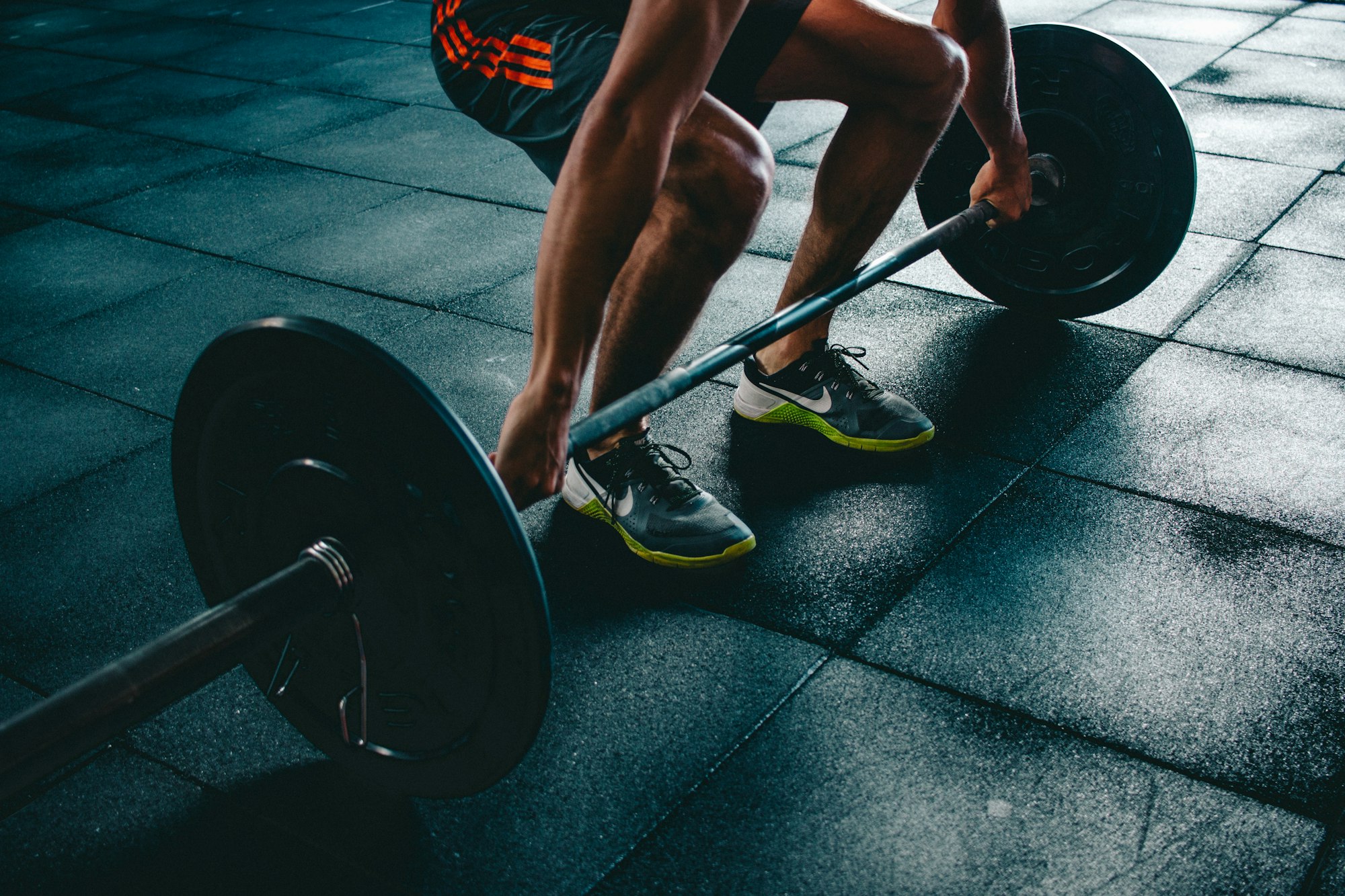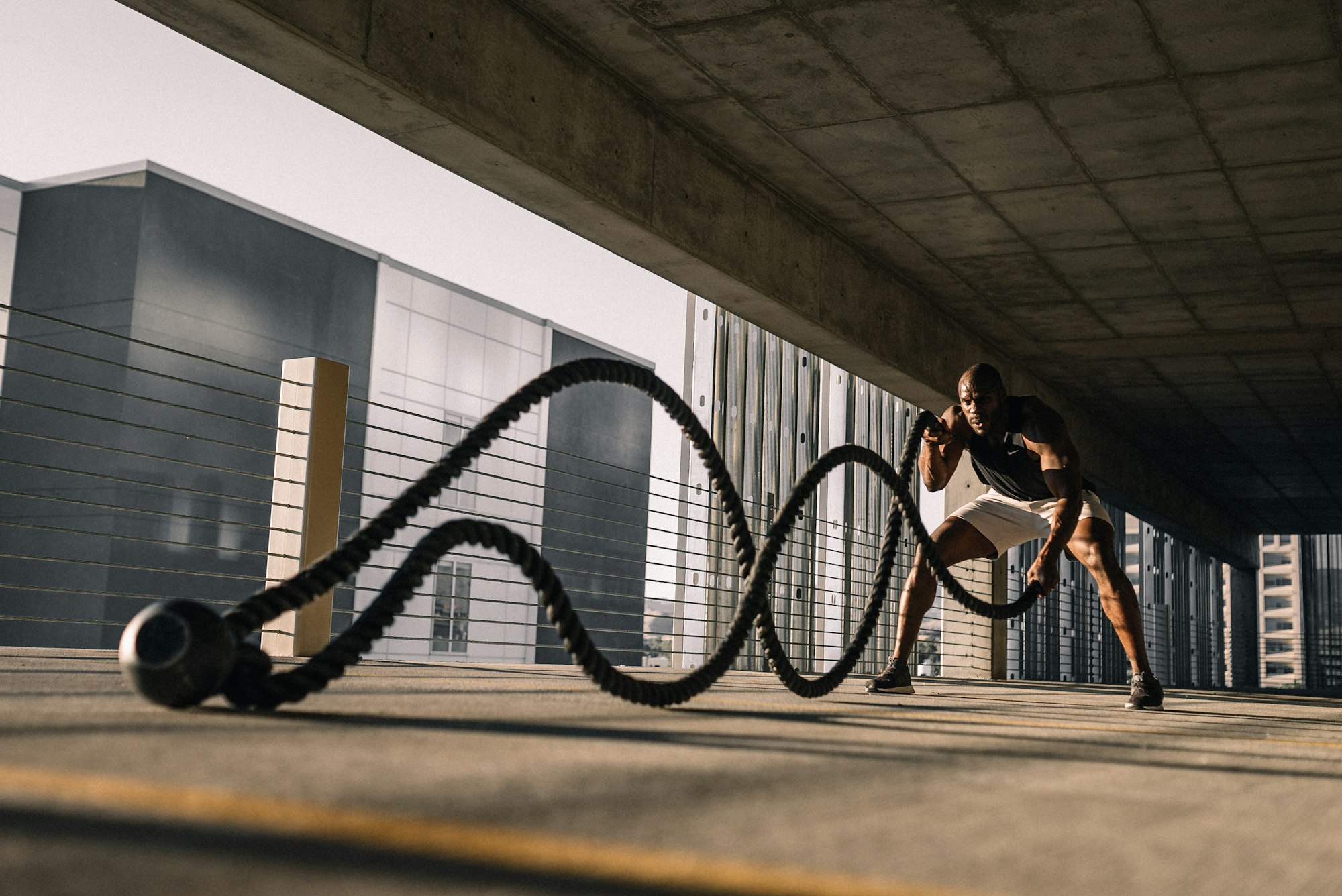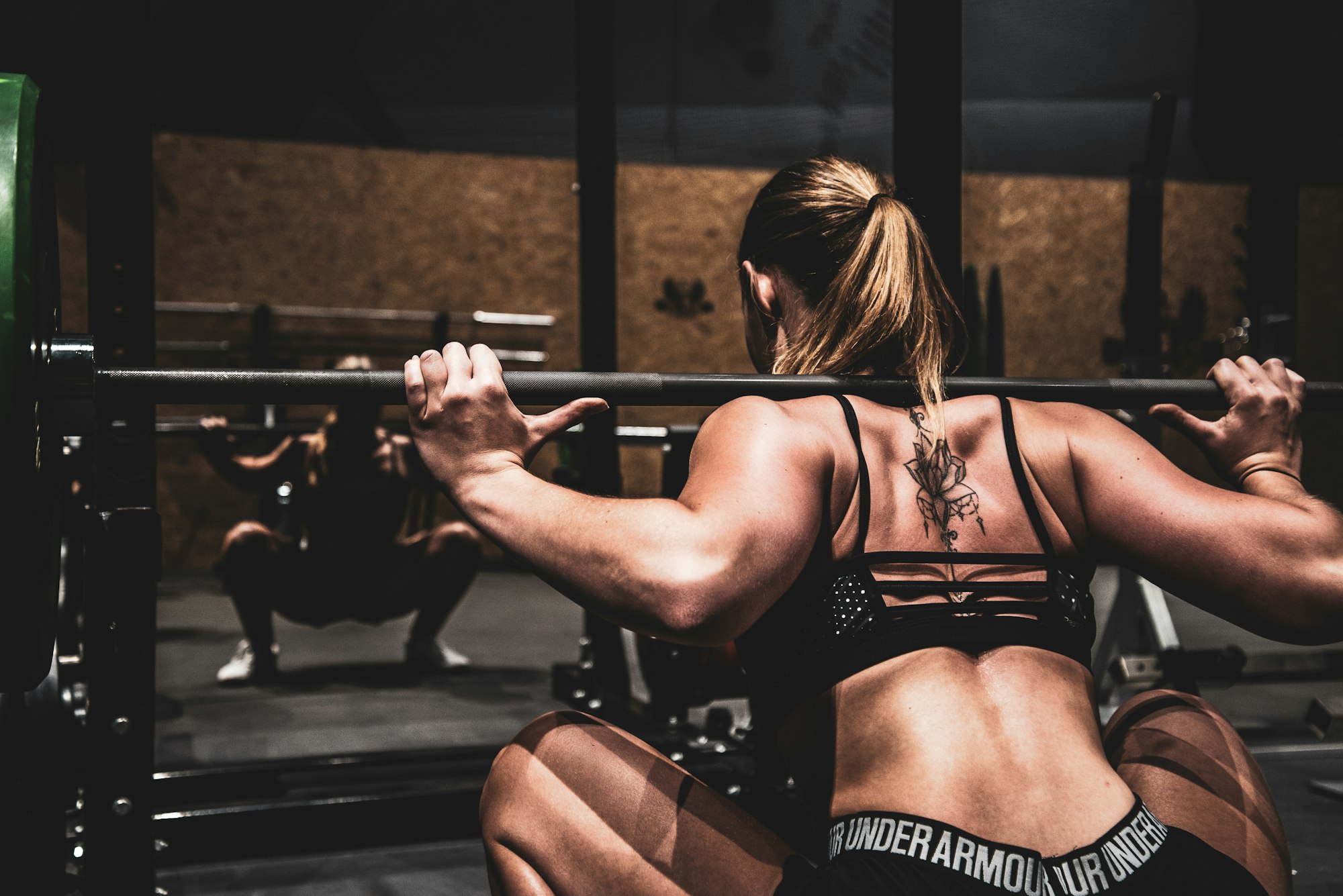Exercise is one of the most necessary and important elements to lead and maintain a healthy lifestyle that is complemented most of the time with the consumption of healthy foods and limiting the excessive consumption of fatty foods or junk food.
Exercise and its importance is what is classified to a proper functioning of all organs and tissues. It is also considered that exercise not only contributes to a healthy life but also to a stable emotional and mental level.
Exercise is quite fundamental for any person to lead a healthy life and avoid diseases or health complications.
When we exercise, we put in movement all the cells that compose the organism, reducing the cholesterol that is considered bad and raising the good cholesterol, lowering the stress levels and raising the levels of positivism.

Exercise is for all ages but in the same way, it is especially recommended for all the people who must lose weight and limit the formation of fatty tissues in their bodies, internally and externally.
Importance of exercise in the human body:
- Physical exercise and performing physical activities notoriously improves health, happiness and self-esteem, thus counting on fundamental benefits ranging from better functioning of the cardiovascular system, as well as prevention of heart-related diseases.
- Reduces related diseases such as obesity and eating disorders.
Physical exercise is quite important in order to maintain a good physical condition as it can contribute positively to the maintenance of a healthy weight, stable muscle development, maintenance of bone density, muscle strength and muscle agility.
Physical exercise is considered to be the set of muscular and skeletal motor actions commonly referred to as, any physical activity that improves and maintains a person's physical attitude and mental health.

Physical exercise helps considerably in fat loss, muscle strengthening, physical agility such as strength or speed, flexibility and strength.
Why do we feel muscle pain after a good physical workout?
It is known that a good physical training routine has been performed great when each and every one of the muscles feel exhausted and in pain.
Delayed Onset Muscle Soreness (easily abbreviated as D.O.M.S.) is that technical term that is used to relate the soreness that is felt in the body after a good workout or training routine.

The pain after routine exercises is called or is related to a "muscle fever" that presents itself as a "pain" after giving enough physical effort to an activity especially when it is of high intensity.
Why do we feel pain especially in the worked muscles?
In the past it used to be thought that what was responsible for muscle soreness was lactic acid after intense physical training, but however, this was disproved because lactic acid simply prevails for one to two hours after workouts, and the pain or discomfort in the muscles can last for several days.
The soreness felt after an intense workout is actually the result of tears within the muscles, also called microtears, which are the main cause of muscle enlargement over time.
Although many say that without pain there are no results, the lack of pain does not mean that you have not trained well, since each person has a totally different organism and there are still possibilities to increase muscle mass without a great impact.
Pain can be an acknowledgement that we have actually pushed ourselves to the maximum, along with the results, we can get to feel better physically and mentally.
Post-exercise soreness is experienced by athletes, sportsmen and women and exercise enthusiasts alike when they are new to physical activity or when they have not worked their muscles for a long time.

All muscular aches and pains usually appear after an intense session of routine physical training.
These pains mean adaptation of our organism to the physical activity and are totally natural until with the passage of time the body adapts normally.
In order to understand post-exercise soreness, we must first of all know its definition. Post-exercise pain is generally referred to as the discomfort that appears between 8 and 24 hours after an intense or light physical exercise has been performed and that disappears after a few days.
In sports medicine, these post-exercise pains are called by totally different names such as "delayed onset muscle soreness" or "delayed onset post-exercise muscle soreness".

All these muscle pains are the product of an excess of tension and effort that exceeds the strength or effort capacity of human muscles. What happens is that there is a mechanical injury to the muscle cells so that they recover after an exercise session.

Generally, post-workout soreness lasts between 3 to 5 days but can last longer depending on the person training and the intensity of the exercises performed.
To relieve muscle soreness after training, it is recommended to stretch gently after the training session, rest sufficiently for 8 to 12 hours and apply ice to some of the most affected areas.
Sources:
- https://www.goredforwomen.org/es/healthy-living/fitness/fitness-basics/why-is-physical-activity-so-important-for-health-and-wellbeing
- https://www.importancia.org/ejercicio-fisico.php
- https://www.holmesplace.com/es/es/blog/fitness/pleasant-pain-why-is-the-body-sore-after-the-gym
- https://portal.alemana.cl/wps/wcm/connect/Internet/Home/otros-sitios/Deportes/Dolores+post+ejercicio



